When people think of endangered species, the same animals usually come to mind: tigers, rhinos, elephants, maybe pandas.
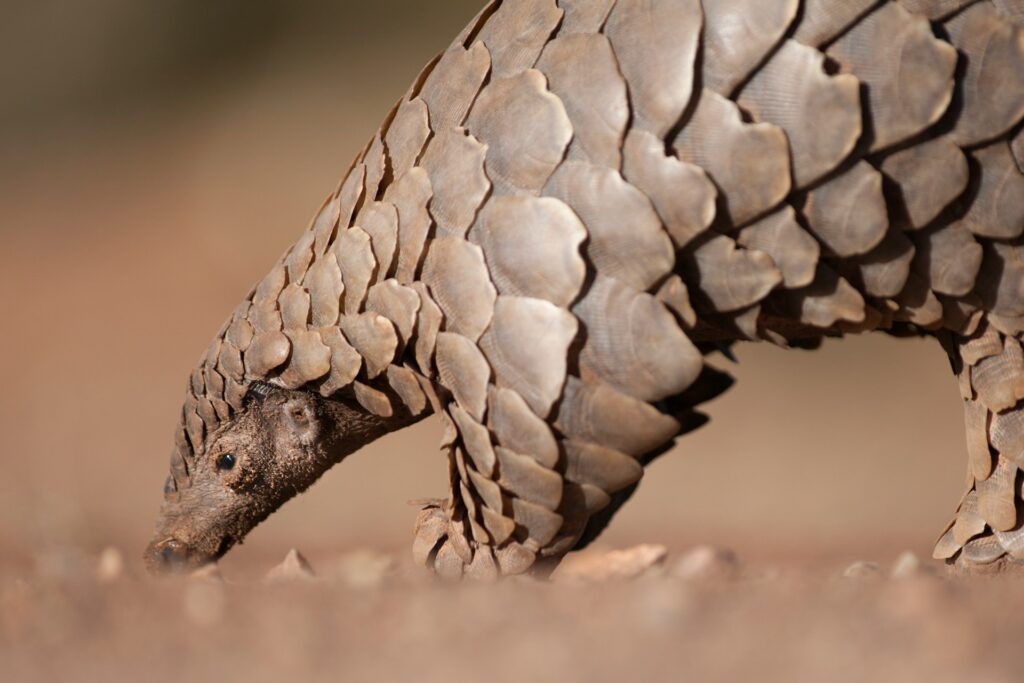
They’re important, no doubt. But they aren’t the only ones at risk. All over the world, lesser-known animals are quietly edging toward extinction. Many of them are strange, beautiful, and ecologically important, but they rarely make the news.
Some have been around for millions of years. Others have only recently been discovered. All of them matter. Not just because they’re rare, but because they play a role in the ecosystems they belong to. Here are some endangered species you’ve probably never heard of, and why their survival deserves our attention.
The axolotl

Native to a few lakes around Mexico City, the axolotl is famous for its ability to regrow limbs, spinal cords, and even parts of its brain. In the wild, though, it’s critically endangered. Urbanisation, pollution, and invasive species have devastated its habitat. While they’re common in labs and aquariums, wild axolotls are in real trouble. Their disappearance would mean losing a species that could hold the key to breakthroughs in human medicine.
The pangolin
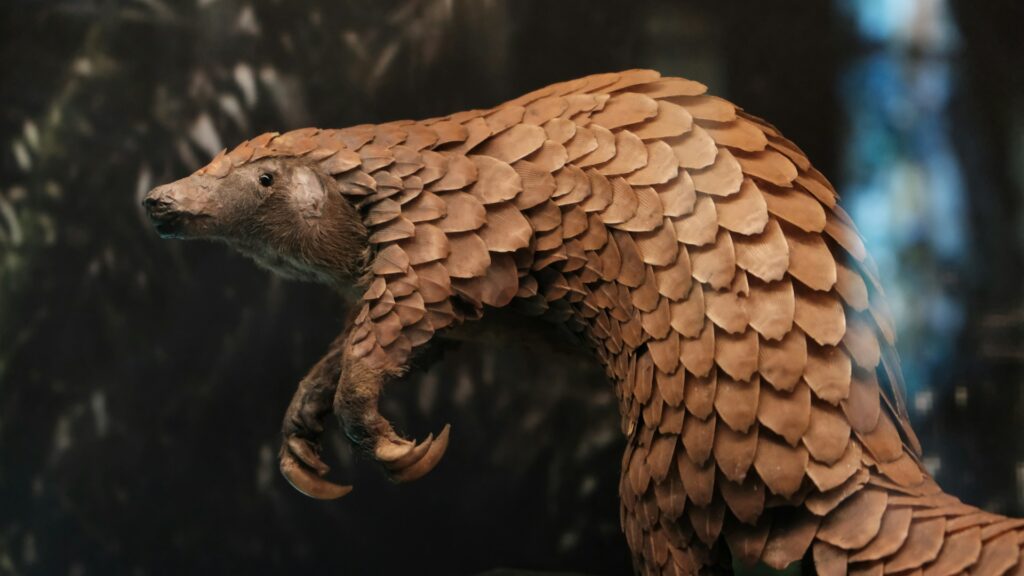
Pangolins are covered in tough, overlapping scales and look like a cross between an anteater and a pine cone. There are eight species across Asia and Africa, and all of them are under threat. They’re hunted for their meat and scales, particularly in illegal markets in parts of Asia. But pangolins play an important role in controlling insect populations, eating thousands of ants and termites a day. Their decline doesn’t just affect biodiversity—it impacts the ecosystems they keep in balance.
The northern bald ibis
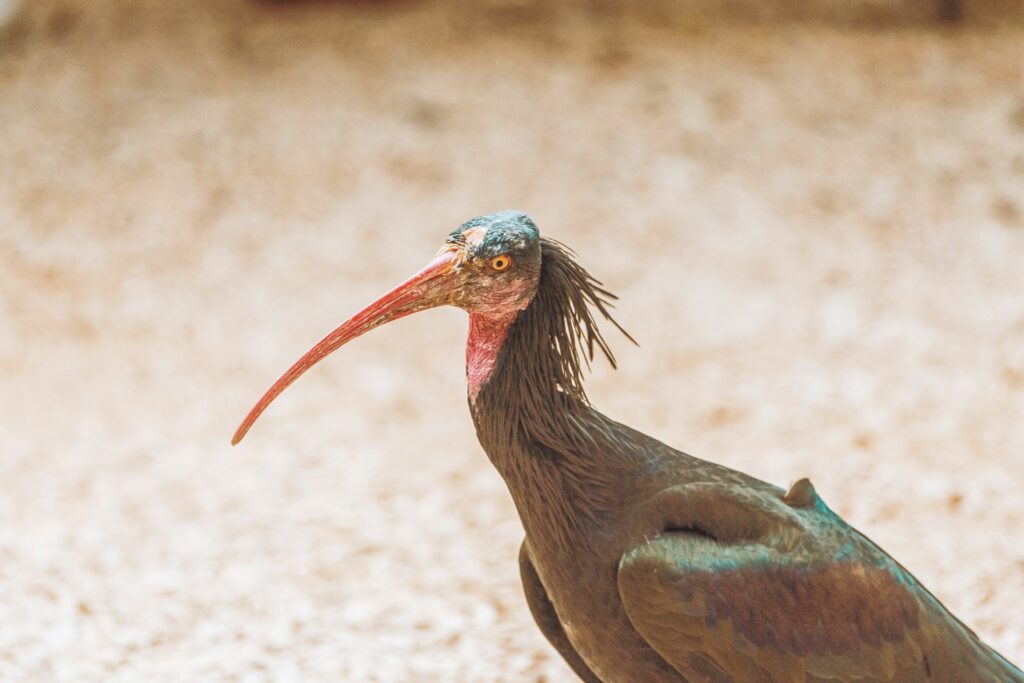
With its bald red head, long curved beak, and straggly black feathers, the northern bald ibis looks like it belongs in a dystopian graphic novel. Once widespread across Europe, the Middle East and North Africa, it’s now critically endangered. Loss of habitat and hunting have nearly wiped it out, but reintroduction programmes in places like Austria and Spain have shown promise. They’re important not just because they’re rare, but because they once played a role in controlling pests and fertilising landscapes through their foraging.
The Malagasy rainbow frog
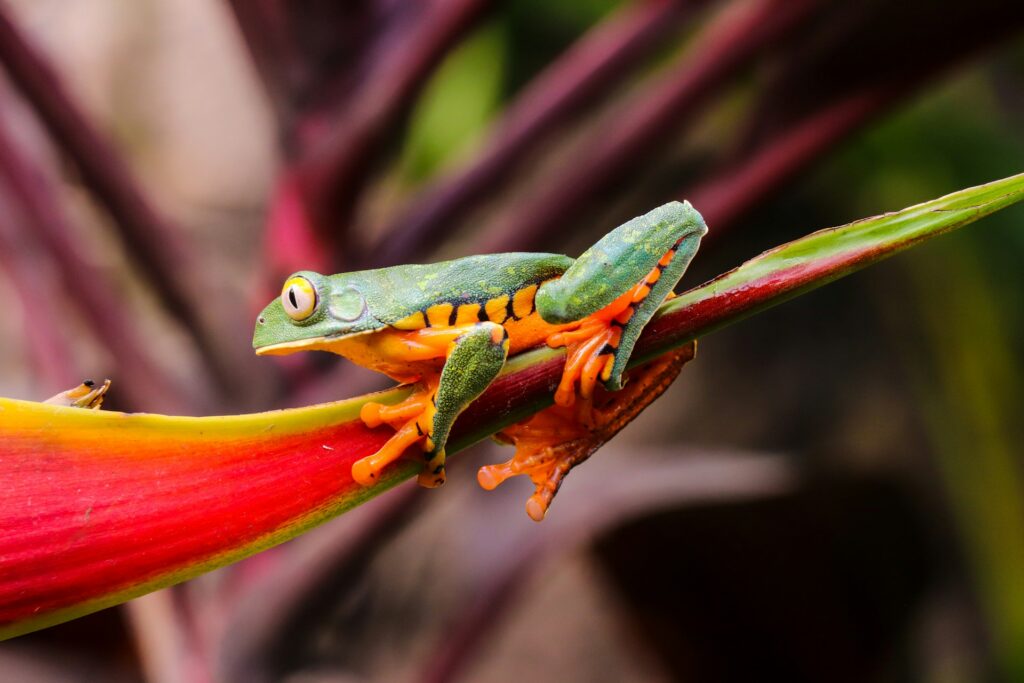
Found only in the rainforests and canyons of Madagascar, this frog is brilliantly coloured with orange limbs and a blue-and-green body. It lives in leaf litter and can climb vertical canyon walls using specially adapted limbs. Deforestation and illegal pet trade have put it at risk. It’s a reminder that even tiny, vibrant creatures that barely anyone’s heard of can be vital to a forest’s food chain and nutrient cycles.
The golden-rumped elephant shrew
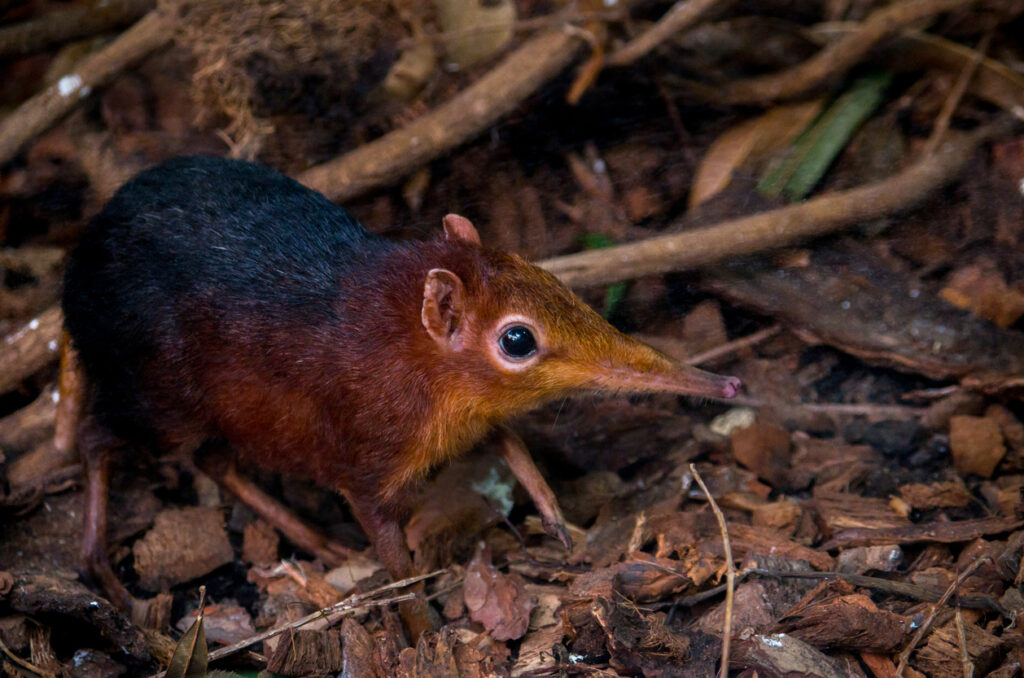
Found only in the Arabuko-Sokoke Forest of Kenya, this small mammal looks like a cross between a mouse and a tiny antelope. Its golden rump stands out in contrast to its otherwise brown body. It’s a key part of the forest food chain, both as predator (eating insects) and prey. Forest fragmentation and habitat degradation are pushing it closer to extinction. Its survival is tied to the health of the entire forest ecosystem.
The Chinese giant salamander
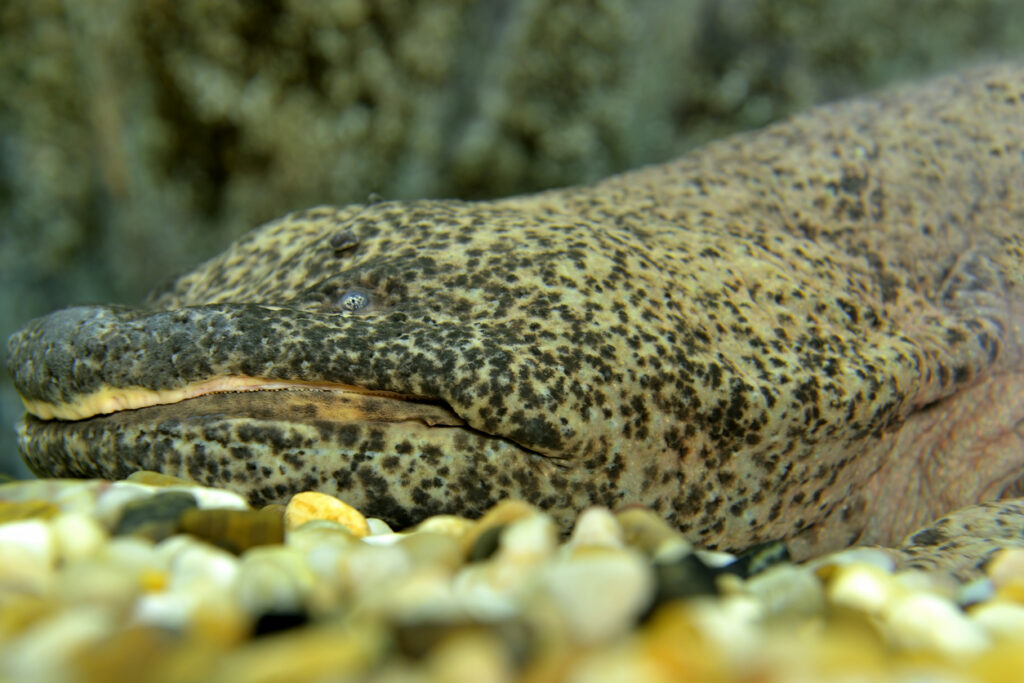
Growing up to 1.8 metres long, the Chinese giant salamander is the world’s largest amphibian and one of the oldest. It hasn’t changed much in over 170 million years. Today, it’s critically endangered. Overharvesting for food and medicine, plus habitat loss and pollution, have nearly wiped it out in the wild. Protecting it is about more than one species; it’s about preserving a piece of prehistoric life.
The hirola
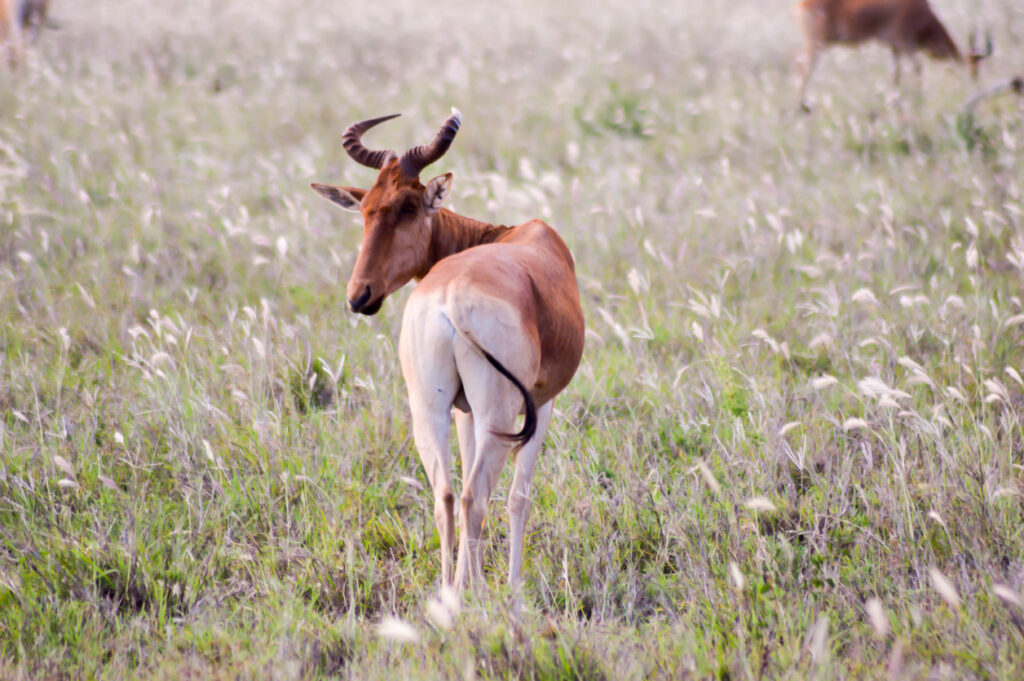
The hirola is one of the world’s rarest antelopes, found along the Kenya-Somalia border. Its numbers have dropped by more than 90% in the last few decades due to disease, competition with livestock, and poaching. Hirolas are grazers that help maintain grasslands, supporting other species in the process. Losing them would change the structure of these ecosystems. They’re now considered the world’s most endangered antelope.
The Gooty sapphire tarantula
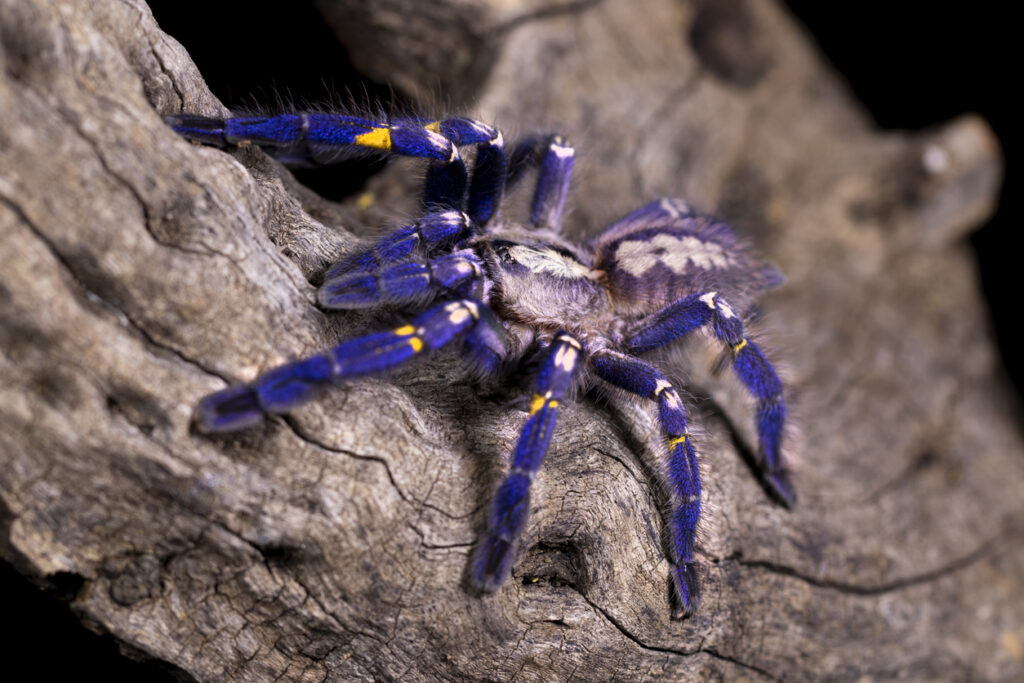
This electric-blue tarantula is native to a tiny area of forest in India. It lives in tree hollows and rarely ventures out, which makes its vibrant colour even more surprising. It’s threatened by habitat destruction and overcollection for the exotic pet trade. Spiders like the Gooty sapphire help control insect populations and are part of a delicate balance in their ecosystems. Their disappearance would affect far more than just spider enthusiasts.
The kakapo
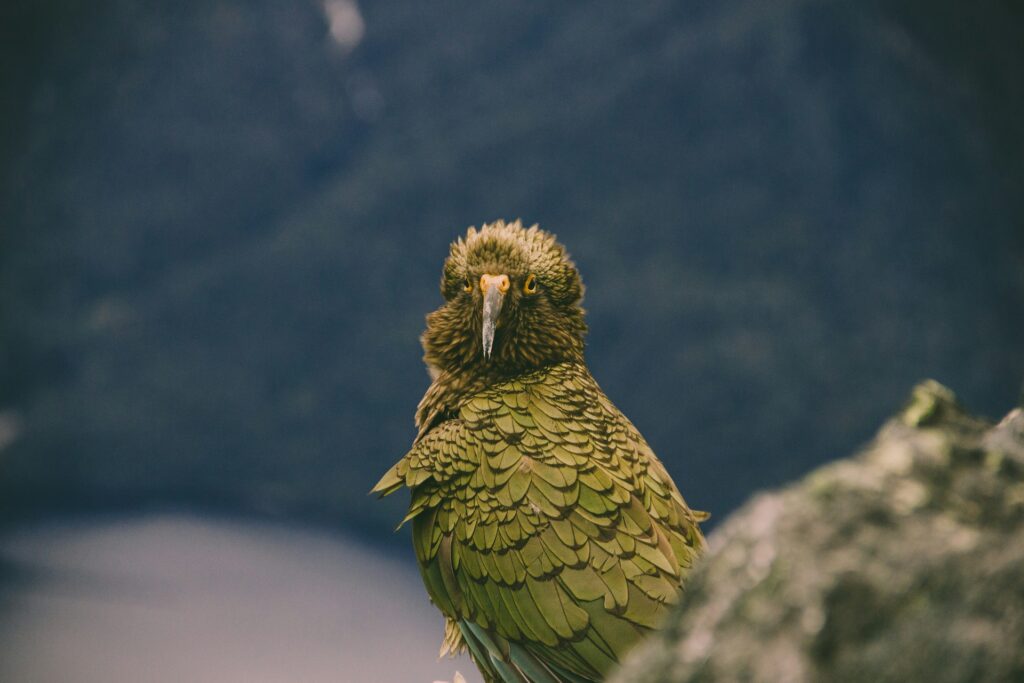
Kakapos are large, nocturnal, flightless parrots. Once common across New Zealand, they were nearly wiped out by introduced predators. Now, after decades of conservation, around 250 survive, all carefully tracked and protected. They play a role in seed dispersal and forest health. Their story is one of hope, but also a warning about what happens when humans disrupt ancient ecosystems.
The olm
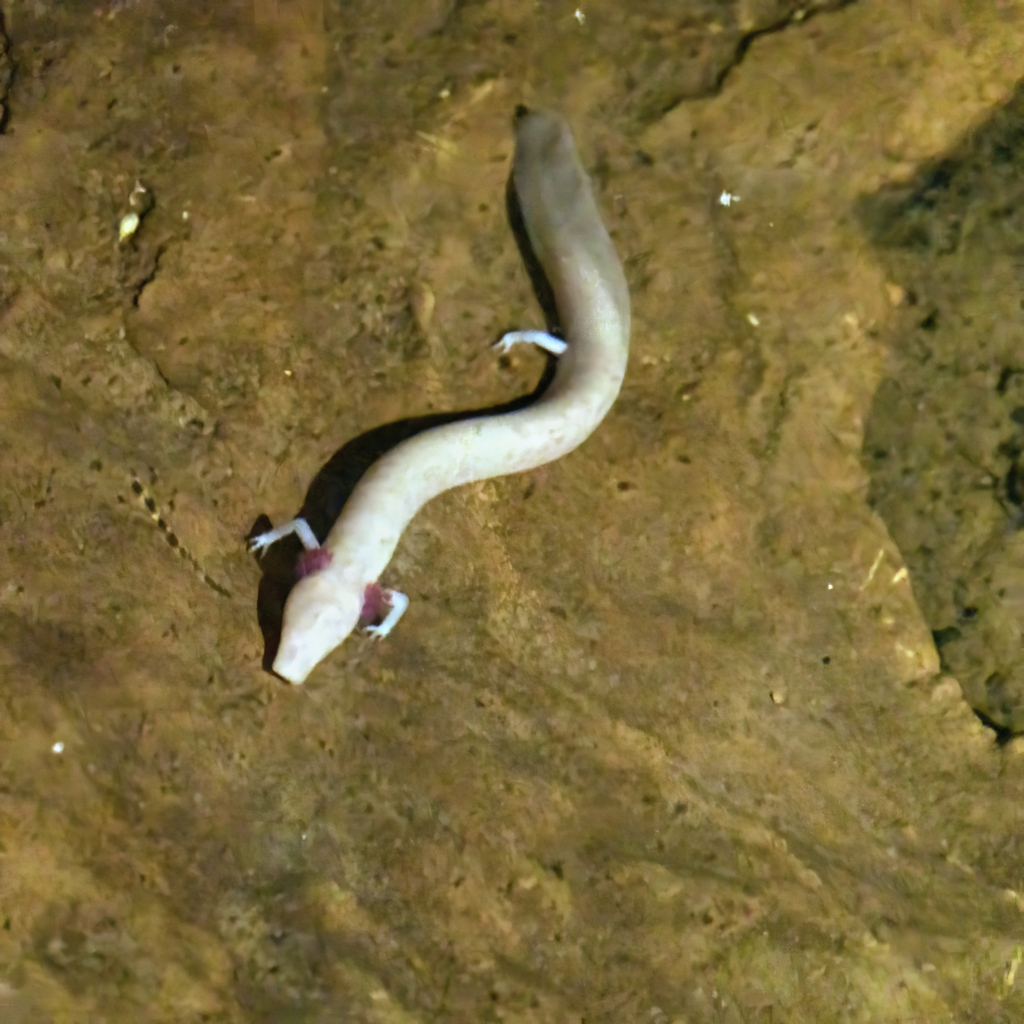
Living in the underground caves of the Balkans, the olm is a pale, sightless salamander that’s adapted to total darkness. It can live for over 100 years and go without food for up to a decade. Threatened by pollution and water contamination, the olm is a bioindicator species in that its decline signals bigger problems in underground freshwater systems. Saving it means protecting drinking water and aquatic biodiversity.
The pygmy three-toed sloth
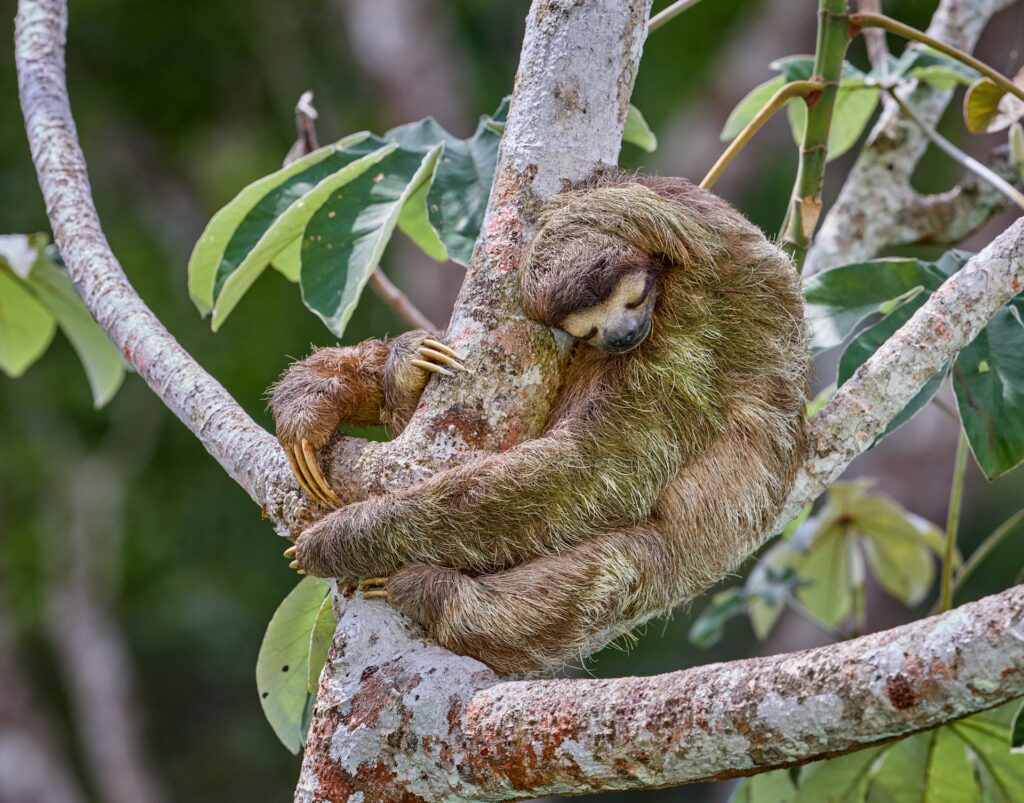
This miniature sloth lives only on Isla Escudo de Veraguas, a small island off Panama. It’s critically endangered due to its limited range and the destruction of mangrove forests. Sloths are slow but essential seed dispersers and contributors to forest health. The pygmy variety is a reminder that isolation doesn’t equal protection, and that even small, remote islands aren’t immune to environmental pressure.
Why they matter
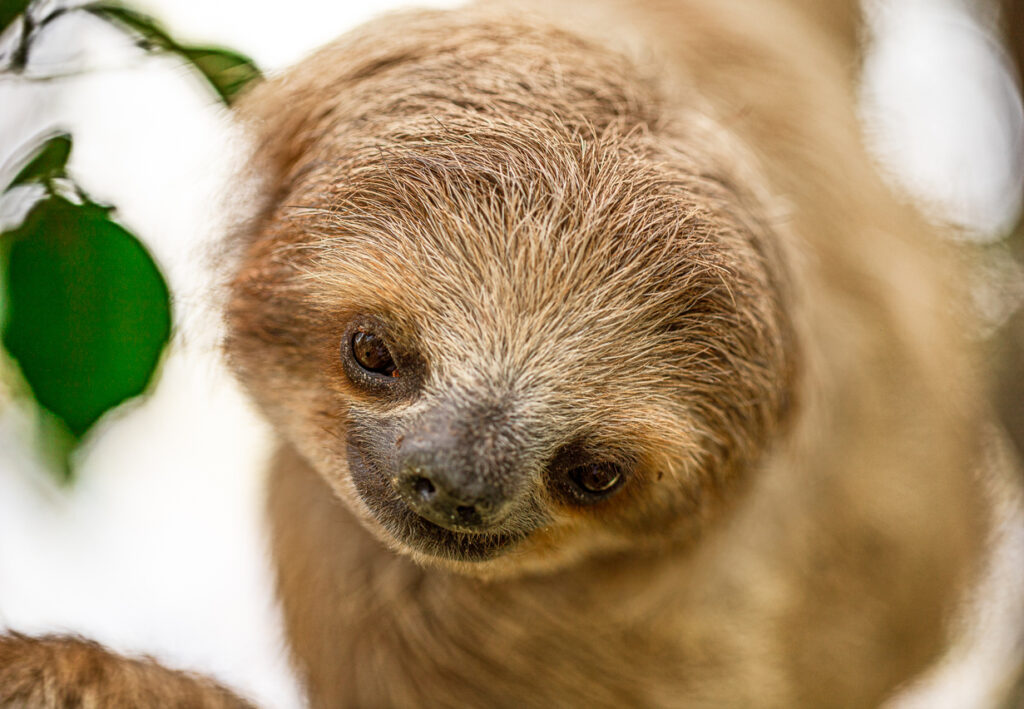
These animals might not be famous, but they’re important. Each one plays a role in its ecosystem—pollinating plants, spreading seeds, controlling pests, feeding predators, maintaining soil, or balancing food chains. Their decline often signals broader environmental problems.
Saving them isn’t just about preserving curiosity; it’s about keeping ecosystems functional, resilient, and alive. And when you protect one strange, rare creature, you’re often protecting hundreds of others in the same habitat. Endangered species don’t need to be iconic to be worth saving. They just need to exist. And they deserve a place on this planet as much as any of us do.